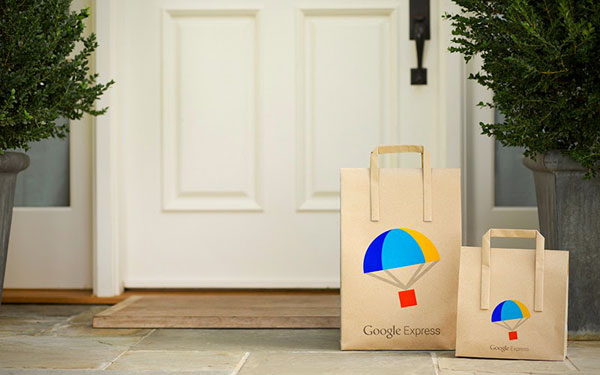Google this week announced that it has expanded its Google Shopping Express service to Chicago, Boston and Washington, D.C.
It has renamed the service “Google Express” and added several new merchants.
Members will get same-day or overnight delivery on eligible orders exceeding US$15. They’ll also get first call on reserving a delivery window. Two people in the same household can share a membership.
The cost? $95 a year, $10 a month, or $4.49 per eligible order. There is no markup on prices.
New shoppers can try out the membership for three months free.
Alcohol Deliveries
Over the past couple of months, 16 merchants, including 1-800-Flowers, Barnes & Noble, Nine West, Sports Authority and PetSmart, have signed up with Google Express. Regional merchants in the three new markets also are among the new additions.
Google Express will now deliver alcohol to customers in the San Francisco Bay Area, provided someone 21 or older signs for them on receipt, Google spokesperson Anaik Weid told the E-Commerce Times.
Same-day delivery is available in the San Francisco Bay Area, West Los Angeles, Manhattan, Chicago, Boston and Washington, D.C., Weid said.
More than 7 million people now can access Google’s same-day delivery service, and almost 12 million people in Northern California can use its next-day service.
When queried about those figures and asked just what Google means by “Northern California” — which is quite an expanse of territory — Weid said, “we don’t share metrics or future projections.”
Losing Money to Make Money
Google Express, which delivers a variety of products — including packaged food — is an effort to compete against Amazon, which also offers same-day deliveries in targeted areas, both through its regular website and its relatively new AmazonFresh service.
Prime members in certain regions — mainly in the Midwest and on the East coast — can shop on Amazon’s website for same-day eligible items delivered for a flat $5.99 fee.
Operating in several West coast cities, AmazonFresh delivers perishable and packaged groceries, as well as certain other select items. Amazon currently charges $299 a year for its AmazonFresh service for those outside of Seattle, and that includes an Amazon Prime membership. Deliveries of $35 or more are provided without an additional fee, but smaller orders carry a $7.99 delivery charge.
When it comes to grocery deliveries, it’s a money-losing proposition for both parties, as “the typical grocery store has a 3 percent margin on sales,” Mike Jude, a manager with Frost & Sullivan’s Stratecast program, told the E-Commerce Times.
“Now you’ve got a Google or Amazon in the equation, and an added layer of distribution costs,” he continued. Google and Amazon “aren’t charging nearly enough to capitalize anything.”
Still, the model here is the same as the one Amazon followed when it went into publishing, Jude noted. “They lost an awful amount of money, and now they pretty much dominate the publishing business.”
Size Matters
The business will become profitable if it can scale up, said Ronald Gruia, an analyst at Frost & Sullivan.
“The critical success factors are the density of [the delivery area], the number of people participating, and adding more partners to build the ecosystem,” he told the E-Commerce Times.
Google reportedly is planning to invest in its ecosystem to attain the scale it requires, but it’s not clear when — or whether — its commitment will reach the level of the $500 million it’s rumored to have set aside for the purpose.
Google should push hard, suggested Leslie Hand, a vice president at IDC Retail Insights.
“Amazon is the first place consumers think of for online shopping, and Google needs to be more aggressive in order to gain market share,” Hand told the E-Commerce Times. Google’s “charging a few dollars less than Amazon, and if you’re trying to move from second place to first, shouldn’t you put a little more juice behind it?”
























































Social Media
See all Social Media